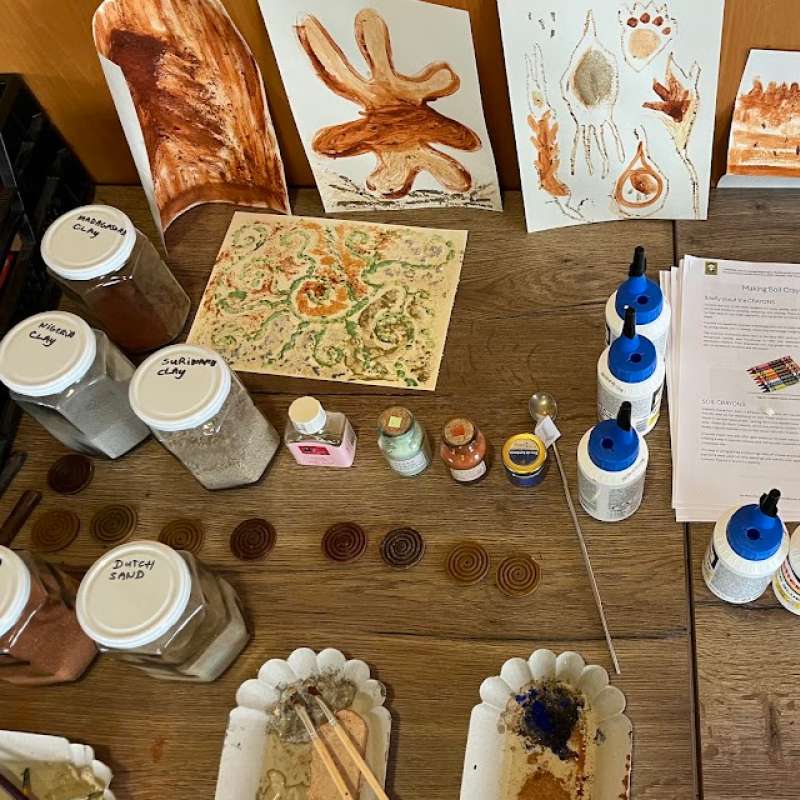Jannes Stolte
Senior Research Scientist
Biography
My long-term experience is on catchment hydrology, with emphasize on soil physical processes. I have performed studies on soil erosion in the Netherlands, China and Norway, and have co-developed and extensively tested a physical-based hydrological and soil erosion model. Event-based processes like flooding, gully erosion, and sediment and nutrient losses are the core of my work. I have analysed and defined; (i) measurement techniques for model parameters; (ii) field monitoring for quantification; (iii) model sensitivity analysis; (iv) defining measures for reducing erosion, flood risk and soil deterioration; (v) participatory approaches for selecting feasible measures; and (vi) quantification of selected land use strategies.
My scientific goal is to maintain good quality soil and reduce flood and erosion risk, with focus on soil functions and ecosystem services. There is a persuasive need for developing a thorough risk-based framework for assessing soil health. I believe that by implementing a land use strategy that uses the landscape for capturing and retaining water, overland flow will decrease, resulting in a decrease in flood and erosion risk. If, at the same time, agricultural practices focus on increase of organic matter and infiltration capacity, soil quality will increase as well as the ability of soil to perform its functions. Good-quality soils are necessary for the food, fibre and fuel of a growing population, making soils a shared resource that requires governance.
Authors
Sabine Huber Marie-Cecile Gruselle Katharina Keiblinger Ingrid Lubbers Sónia Rodrigues Hanne Ugstad Jannes Stolte Nafiseh Taghizadeh Kerman Frederik Bøe Franziska FischerAbstract
No abstract has been registered
Authors
Lillian Øygarden Åsmund Kvifte Jannes Stolte Sigrun Hjalmarsdottir Kværnø Marianne Bechmann Johannes DeelstraAbstract
No abstract has been registered
Abstract
No abstract has been registered

